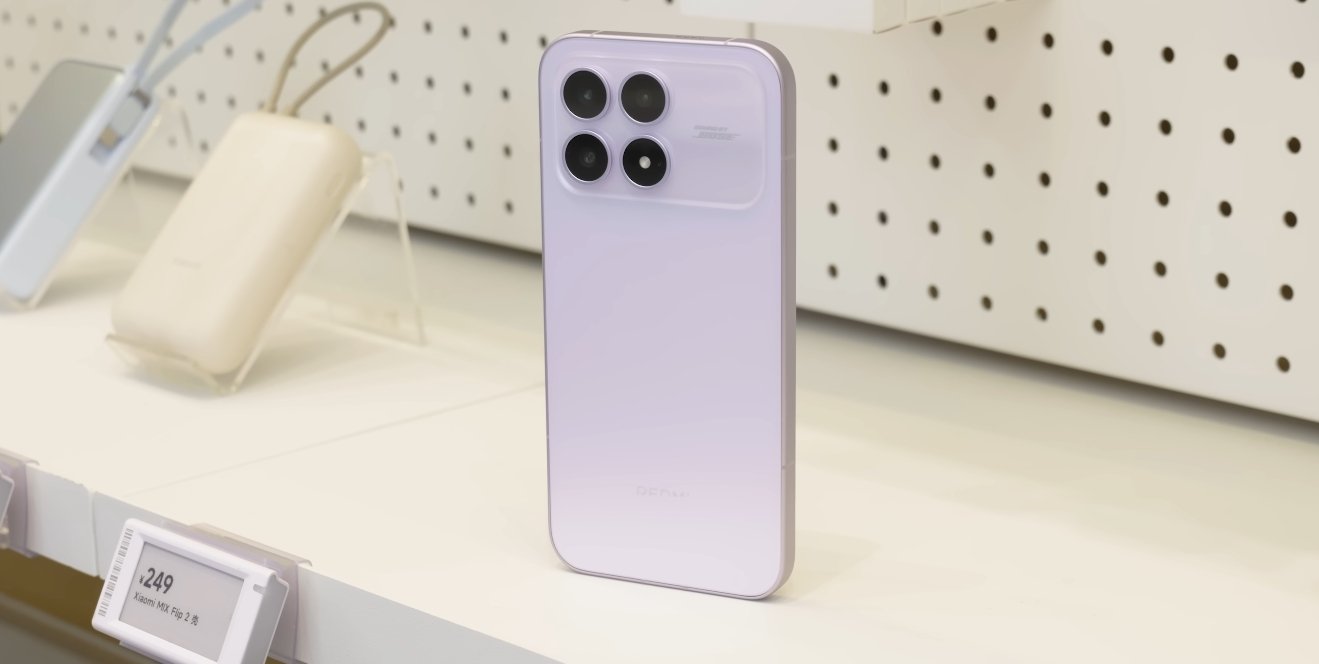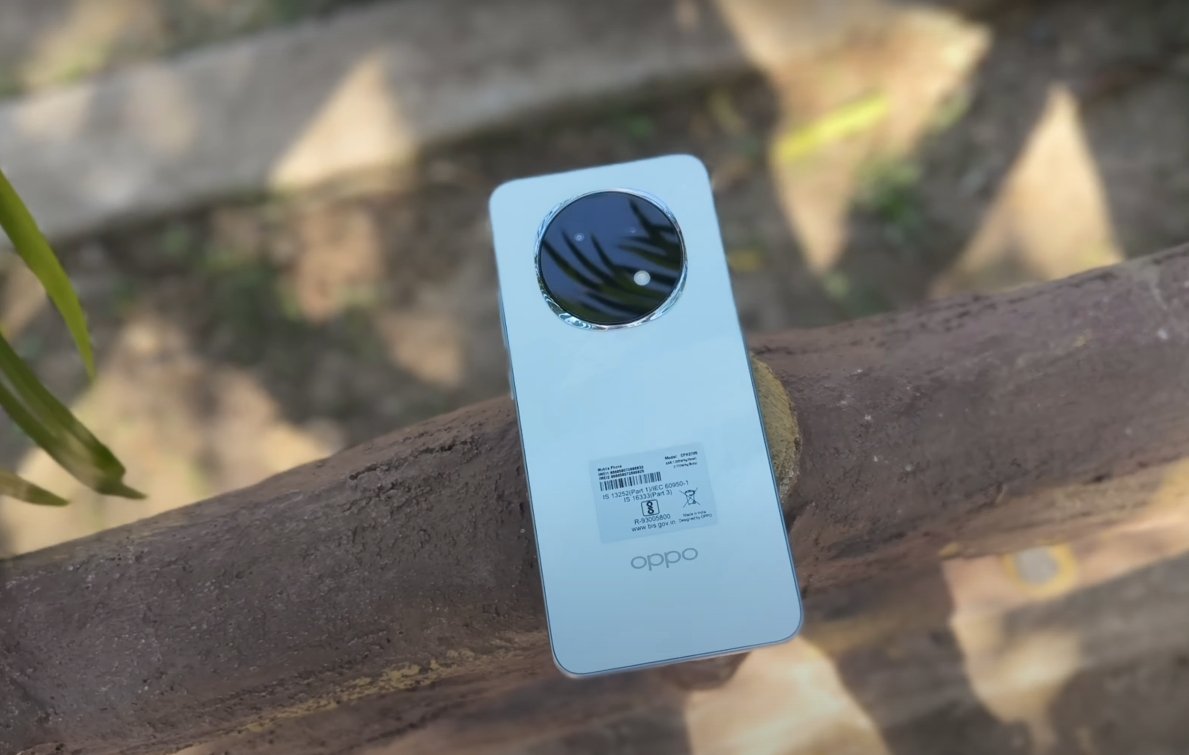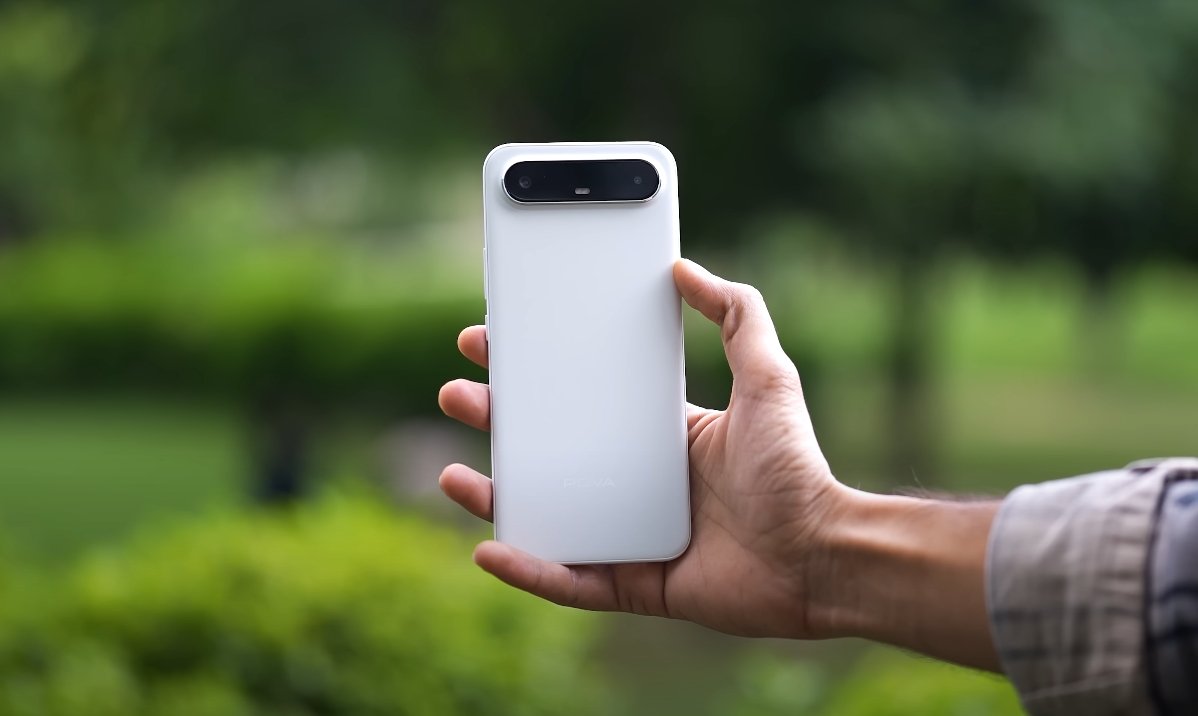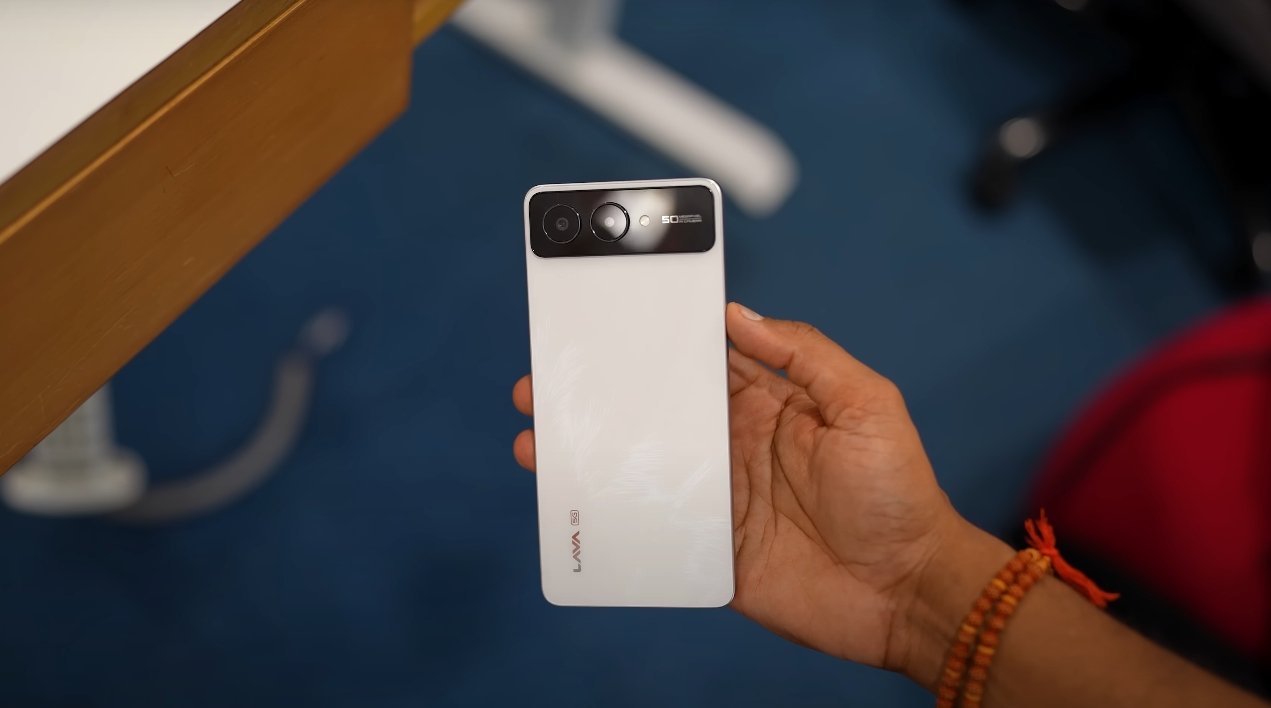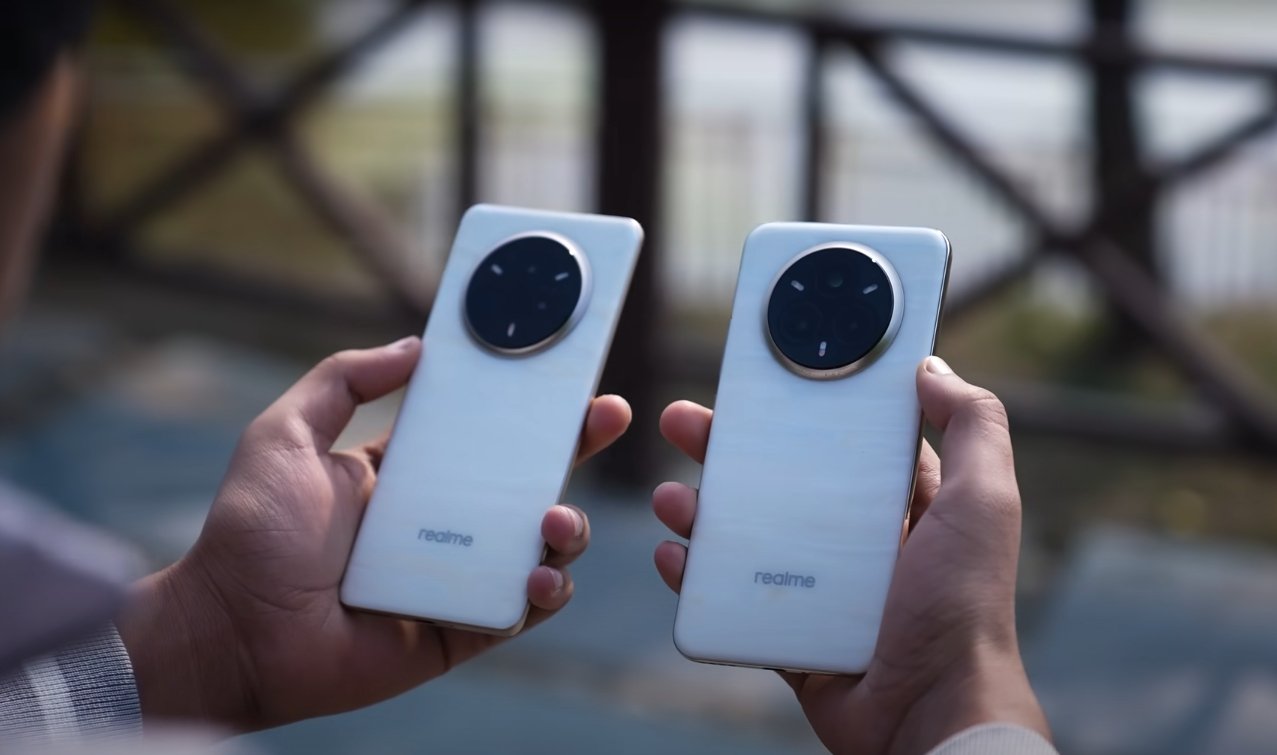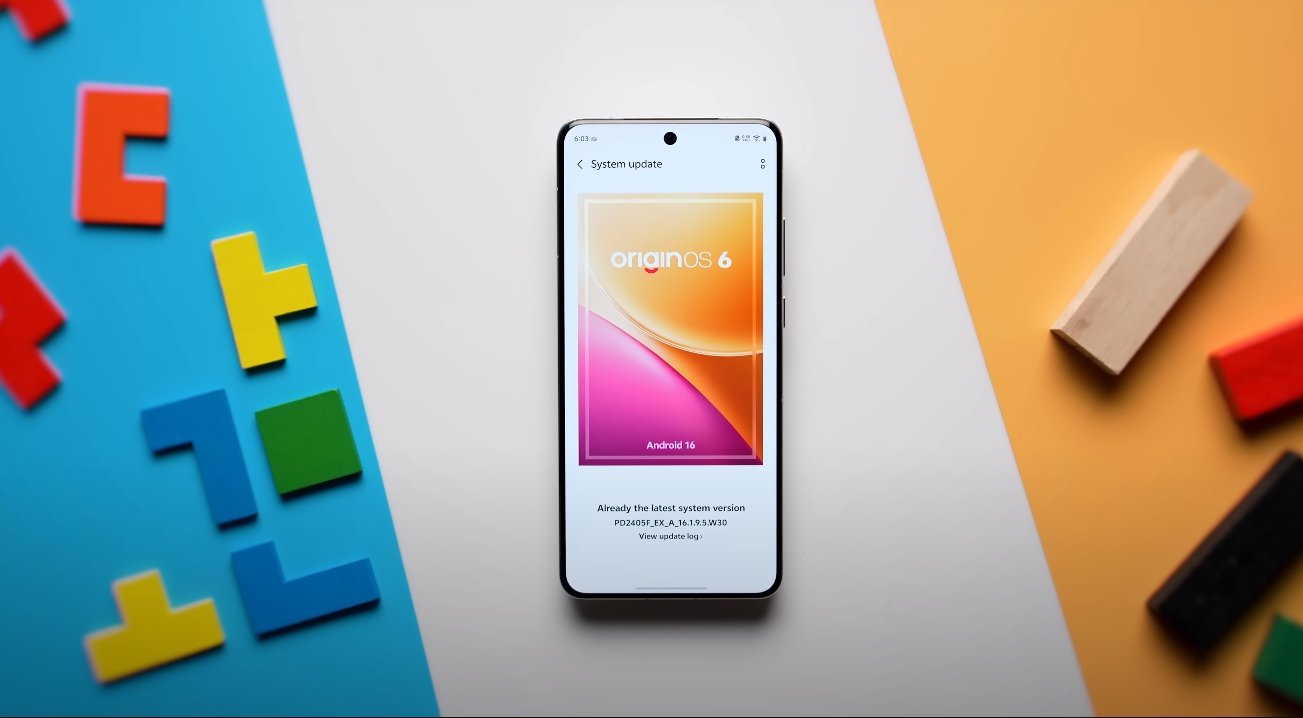Battery charging behavior of the Redmi K90 Pro Max in cold Canadian conditions
The Redmi K90 Pro Max, equipped with a massive 7,560 mAh silicon-carbon battery and support for 100W wired and 50W wireless charging, is one of the most power-efficient smartphones in its class. However, when it comes to cold weather conditions such as those often experienced in Canada, even the most advanced smartphone batteries face unique challenges. Understanding how the Redmi K90 Pro Max performs in sub-zero temperatures gives insight into what users can expect during winter months and how to maintain battery health for long-term performance.
Cold temperatures directly affect the chemistry of lithium-ion batteries, which power nearly all modern smartphones including the Redmi K90 Pro Max. In freezing or near-freezing environments, the movement of lithium ions within the battery slows down, leading to reduced charging speeds and overall efficiency. When the temperature drops below 0°C, the phone’s internal management system restricts charging current to prevent potential damage. This is why Canadian users may notice slower charging or temporary delays if they plug in their phone immediately after being outdoors in cold weather. The Redmi K90 Pro Max’s smart battery management system is designed to detect such conditions and automatically reduce charging intensity until the internal temperature stabilizes.
One of the advantages of the Redmi K90 Pro Max is its robust thermal management system. The device features a large vapor chamber cooling system and a reinforced graphite layer that helps distribute heat evenly across the internal components. While this system is primarily intended to handle heat during heavy gaming or rapid charging, it also works in reverse by helping the phone reach optimal operating temperatures more quickly when brought in from the cold. For users in Canada, this means that even after exposure to frigid conditions, the phone can return to full charging speeds relatively fast once indoors.
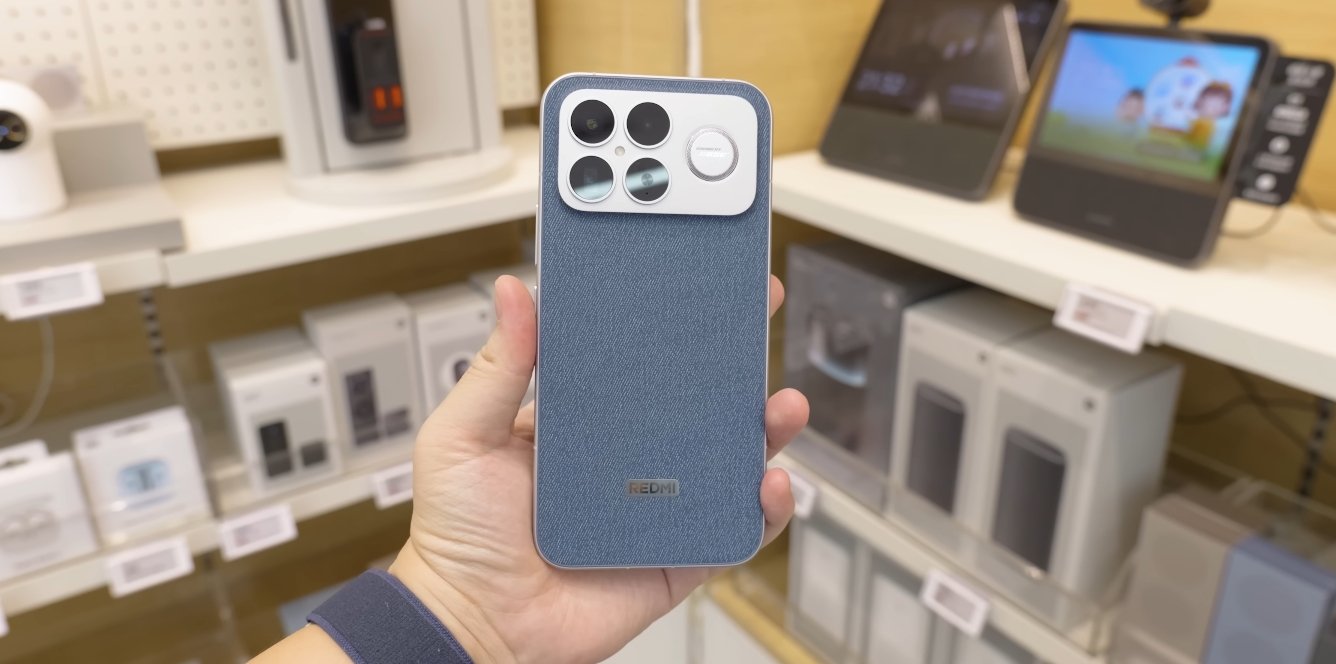
During typical Canadian winter scenarios—such as moving between an outdoor commute and an indoor office—users can expect minor variations in charging performance. If the device is charged indoors at normal room temperature, it will charge at full rated speed, taking roughly 25 to 30 minutes for a full recharge using the 100W charger. However, if the phone is plugged in immediately after exposure to temperatures well below freezing, the charging process may begin at a much lower rate or even pause momentarily. The system does this intentionally to protect the battery from stress caused by charging while the electrolyte remains cold. Once the phone’s internal temperature rises closer to normal, charging resumes at full speed.
The Redmi K90 Pro Max also includes intelligent safeguards that prevent fast charging in unsafe temperature ranges. This feature benefits users who travel frequently across Canada and face varying climates, from the frigid prairies to the humid coastal regions. In extremely cold settings, the device prioritizes battery safety over speed, a design choice that may slightly delay full charging but ensures long-term health and capacity retention. Over several winters, this can help prevent the common issue of reduced battery life caused by repeated charging in cold environments.
To get the best results during winter, Canadian users should adopt a few practical habits. First, always allow the device to warm up naturally before charging. This can be as simple as keeping the phone in a pocket for a few minutes after coming indoors. Second, avoid fast charging outdoors or in unheated environments like garages or cars during extreme cold. Even though the Redmi K90 Pro Max can handle temperature swings, consistent exposure to sub-zero charging conditions may gradually affect the battery’s lifespan. Finally, if possible, avoid leaving the phone overnight in a freezing car, as the battery may temporarily lose charge capacity until it warms up again.
Interestingly, the Redmi K90 Pro Max’s use of silicon-carbon battery technology gives it an advantage over traditional lithium-ion setups. This composition improves energy density and thermal stability, meaning the battery retains power more efficiently in cold conditions compared to older smartphone models. This advancement allows the phone to maintain higher usable capacity in freezing temperatures, translating into longer runtime even during outdoor activities or travel. While no smartphone can completely eliminate the effects of extreme cold, the K90 Pro Max comes closer than most mid-range competitors.
In real-world use, most Canadian owners will find that the Redmi K90 Pro Max handles winter charging scenarios smoothly as long as reasonable precautions are taken. The system’s combination of thermal sensors, temperature-based charge control, and silicon-carbon chemistry makes it one of the more winter-friendly phones available today. It can comfortably endure the temperature fluctuations between outdoor cold and indoor warmth that define the Canadian climate.
Overall, the Redmi K90 Pro Max demonstrates excellent adaptability to Canada’s harsh winters, balancing performance, safety, and battery health intelligently. Its advanced thermal design and smart charging algorithms prevent damage while allowing the device to return to normal operation quickly after exposure to cold. For Canadian users, this means dependable battery life and stable charging performance all year round. With just a bit of mindful handling, the Redmi K90 Pro Max proves that even extreme cold does not have to stand in the way of fast, efficient smartphone charging.
